Museum Kimchikan (뮤지엄 김치간)
411.4M 2024-09-27
Seoul, Jongno-gu, Insadong-gil 35-4
+82-2-6002-6456
Le Museum Kimchikan désigne un musée unique dédié au kimchi et au kimjang, et revenant longuement sur les processus de fabrication du kimchi, aliment classé au patrimoine de l'UNESCO. Le musée a aussi été sélectionné par CNN en mars 2015 comme l'un des 11 meilleurs musées autour de la gastronomie.
Sadongmyeonok (사동면옥)
411.9M 2021-12-17
9, Insadong, 8-gil, Jongno-gu, Seoul
+82-2-735-7393
A store with over 35 years’ experience that sells Hwanghaedo-style dumplings. The best menu at this restaurant is dumpling hot pot. This Korean dishes restaurant is located in Jongno-gu, Seoul.
Institut 'Kimchi Museum' - (풀무원김치박물관)
412.7M 2019-07-24
35-4, Insadong-gil, Jongno-gu, Seoul-si
+82-2-6002-6456, +82-2-6002-6477
Le musée du Kimchi, fondé en 1986, expose tout ce qui est en rapport avec le Kimchi et sert également de lieu de recherche sur cet aliment typique de la Corée. C’est l’entreprise Pulmuwon Kimchi qui, en 1986, a ouvert ce musée du Kimchi afin de faire connaître cet aliment typique aux coréens comme aux visiteurs étrangers.
Cérémonie au Beffroi Bosingak (보신각타종행사)
429.3M 2020-09-10
54, Jong-ro, Jongno-gu, Seoul
Bureau de gestion du Beffroi Bosingak : +82-2-2133-2641
La mairie de Séoul a organisé cette cérémonie qui fait sonner la cloche du Beffroi Bosingak depuis le 21 novembre 2006 pour les citoyens de Séoul et les touristes étrangers. Il a lieu tous les jours à midi, hormis lundi.
Imun Seolnongtang (이문설농탕)
434.6M 2022-01-03
38-13, Ujeongguk-ro, Jongno-gu, Seoul
+82-2-733-6526
Imun Seolnongtang has been serving its hearty seolleongtang for over a hundred years since it first opened in 1907. Even its name has a long history: the word imun comes from Imun-gol, the now-obsolete name of the restaurant’s location, and seolnongtang, an old variation of the word seolleongtang. During the Japanese colonial rule, the restaurant’s regular customers included Gijeong Son, the marathon gold-medalist at the 1936 Berlin Olympics. To make the rich seolleongtang broth, beef meat and bones are simmered for more than 15 hours. Try putting rice and minced green onion in your seolleongtang for a warm and tasty experience. Kkakttugi (diced radish kimchi), provided as a side dish, is also delicious.
Gaeseong Mandu Koong (개성만두 궁)
441.3M 2023-05-24
11-3, Insadong 10-gil, Jongno-gu, Seoul
+82-2-733-9240
Gaeseong Mandu Koong has served Gaeseong-style mandu (dumplings) for more than 30 years. The elderly proprietor, who fled south during the Korean War runs this restaurant with the help of her granddaughters. Characterized by its delicate taste, Gaeseong mandu stuffing consists of pork and various vegetables such as cabbage and pumpkin. This restaurant's mandu is so popular that it sometimes gets sold out even before evening. Typical menu includes mandu-jeongol (hot pot) and mandu-guk (soup). The hot pot is made of various ingredients including mandu, rice cakes, mushrooms, and meat, and serves two to three persons. For several persons, it's recommended to eat bossam (boiled meat slices wrapped in lettuce leaves or kimchi) and Korean-style pancakes.
Pavillon de Bosingak (보신각)
442.1M 2020-11-03
54, Jong-ro, Jongno-gu, Seoul-si
+82-2-2133-2641
Second trésor national de Séoul, situé à Jongno, le pavillon de Bosingak était utilisé durant la dynastie Joseon pour annoncer l’heure. Il y avait quatre portes à Séoul qui permettaient aux gens d'entrer et de sortir. A 4 h du matin, la cloche sonnait 33 coups et les portes s’ouvraient. A 19h, la cloche sonnait 28 coups et les portes se fermaient. La cloche servait aussi de sirène.
La cloche se situait dans le temps Wongaksa en 1468 avant d'être déplacée en 1618 dans sa position actuelle. Dans un but de conservation, la cloche originelle se trouve désormais au musée national de Corée. La cloche de substitution dans le pavillon a été réalisée en 1985.
Lors du réveillon de la Nouvelle Année, la cloche sonne 33 coups alors que des milliers de gens affluent dans la rue Jongno pour assister à cet évènement.
Les touristes peuvent également assister à une reconstitution de la cérémonie de la cloche (sauf les lundis) à partir de 11h20.
Jalppajin Memil - Ikseon Branch (잘빠진메밀 익선)
442.3M 2021-03-19
73, Yulgok-ro8-gil, Jongro-gu, Seoul
+82-70-4531-1214
This is a Korean cuisine located in Jongno, Seoul. Try various kinds of makgeolli. The best menu at this restaurant is dumpling hot pot.
Gukje Embroidery (국제자수원 3호점-인사동)
447.8M 2020-05-07
12, Insadong 7-gil, Jongno-gu, Seoul-si
+82-2-723-0830
Ouverte depuis 1979, Gukje Embroidery est une boutique spécialisée dans les produits artisanaux brodés utilisant des motifs traditionnels coréens. Chaque produit est fait à la main, et est élégant et délicat. Gukje Embroidery est connue comme étant une destination pour les dignitaires étrangers. De plus, elle propose un séminaire au cours duquel les touristes internationaux peuvent apprendre comment faire des produits artisanaux brodés.
Toyo (도자기 토요-인사동)
449.6M 2014-10-01
44, Insadong-gil, Jongno-gu, Seoul-si
+82-2-722-1260
Toyo est spécialisé dans la poterie à usage quotidien comme les mugs, vaisselles, et tasses de thé. Réalisés par Sonnae Pottery (village de poterie à Jinan, Jeonbuk), les objets de Toyo démontrent une élégance et une simplicité sophistiquée. Il est également possible de voir des poteries à usage décoratif. Sonnae Pottery fut honoré en 2008 par le Label d'Excellence pour les Produits d'Artisanat d'Asie de l'Est par l'UNESCO.
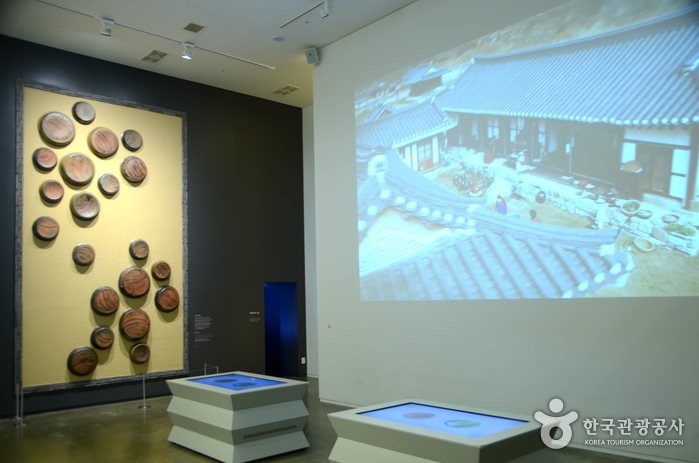

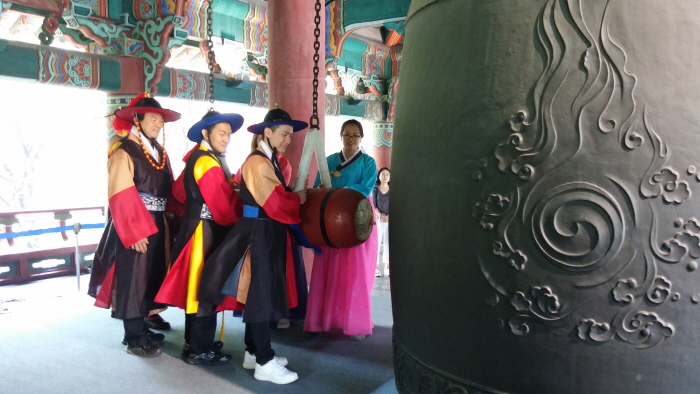
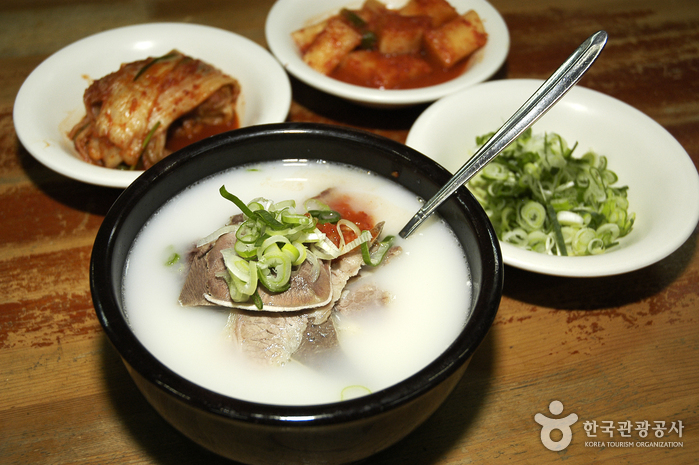
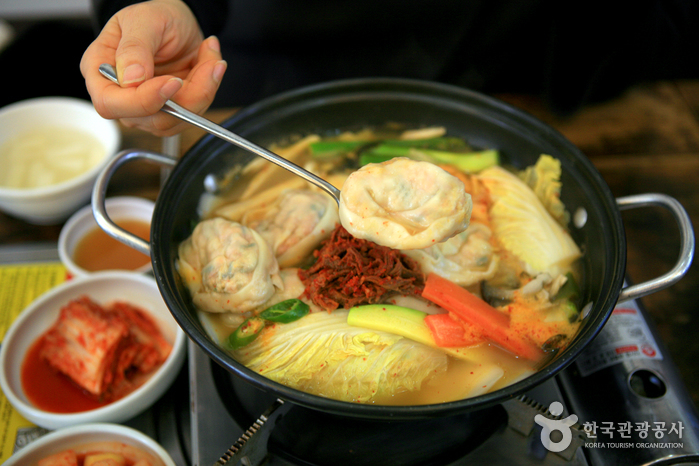
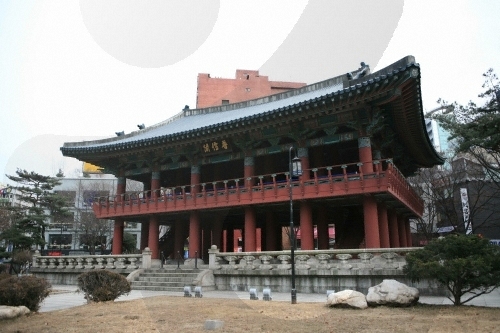
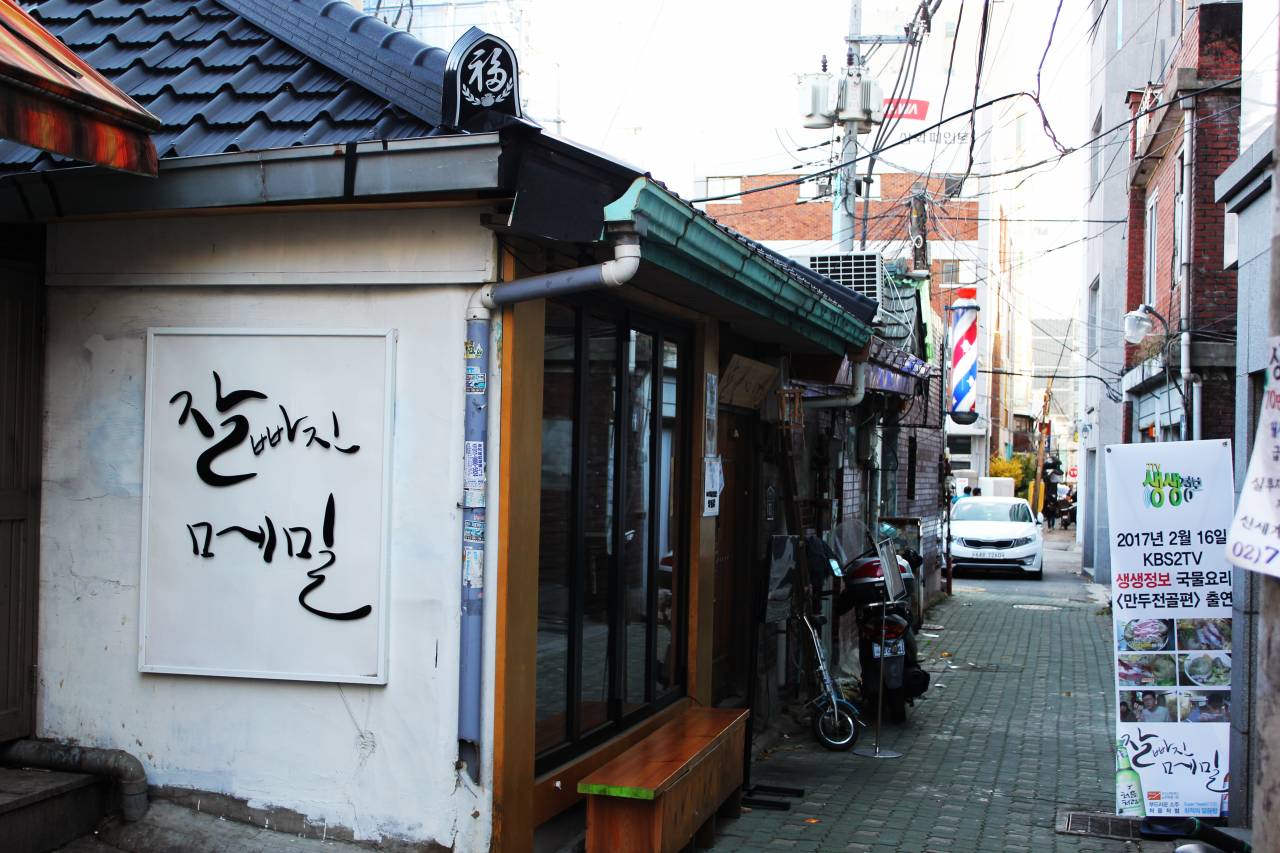
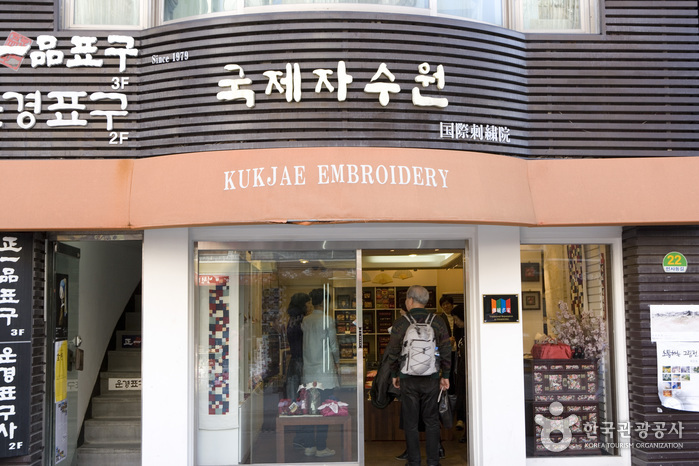
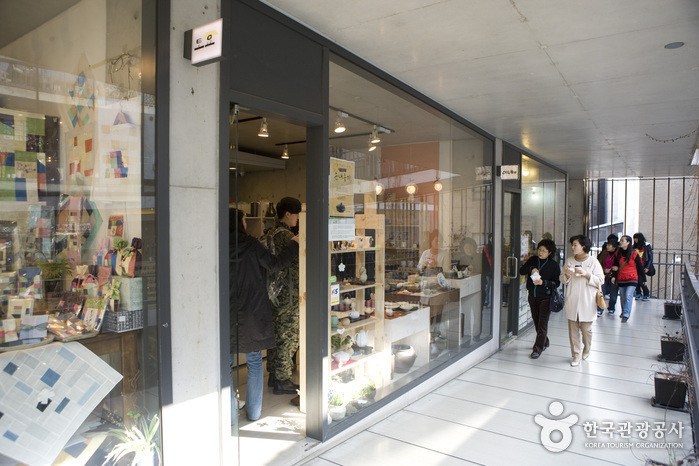
 Français
Français
 한국어
한국어 English
English 日本語
日本語 中文(简体)
中文(简体) Deutsch
Deutsch Español
Español Русский
Русский